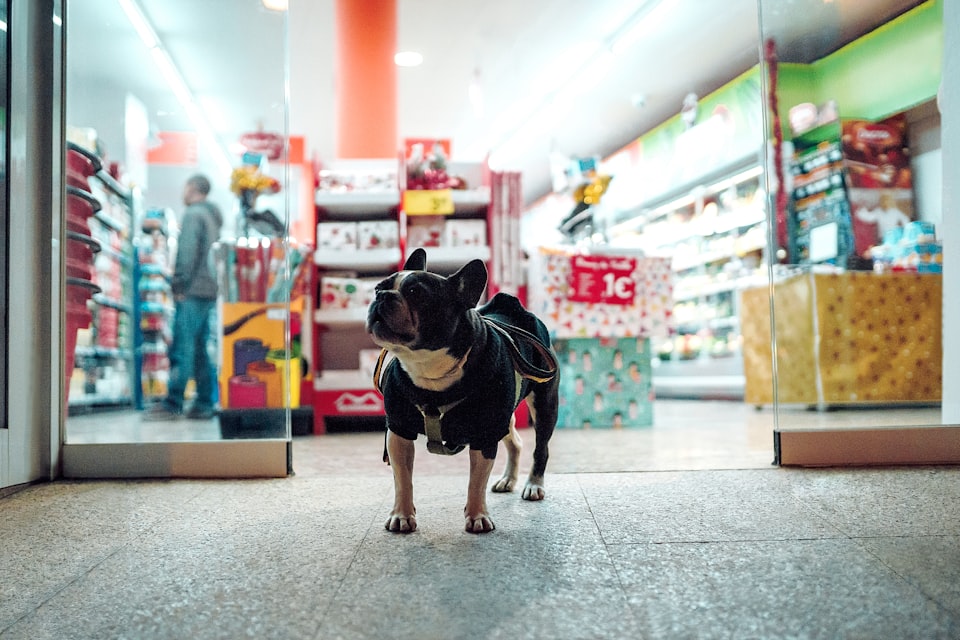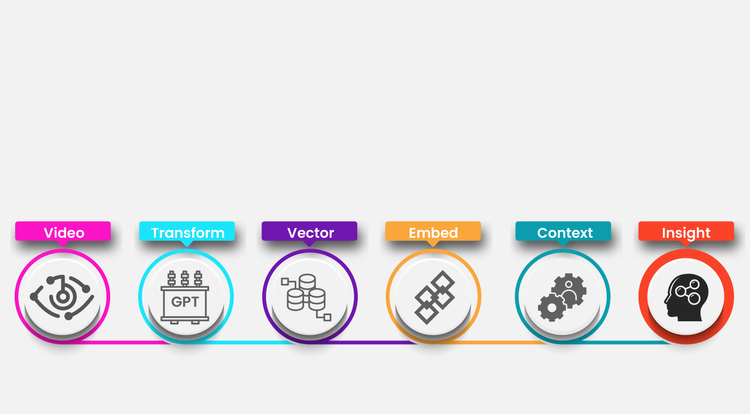SAI featured in Loss Prevention Magazine

We’re delighted that our on-going work with Iceland Foods has been featured in the European edition of Loss Prevention Magazine.
It’s fair to say that we have all learned a lot on our journey together, but our platform has been consistently providing some extremely valuable, accurate and actionable information throughout. Computer vision technologies can deliver a huge amount of value for retailers, but it can be complex technology to implement. Our approach, working in lock-step with our customers as trusted partners, lets us focus on solving specific business challenges. With tightly defined kpis, we are quickly able to realise benefits with a business case that is tied to company goals, before building out the offering to cover other applications.
At every step of the way, Iceland and SAI have partnered to solve technical and practical problems. The SAI Platform started out covering the staffed checkouts and moved across to self-checkout counters. We have since pushed into detecting theft from high-loss areas on the shop floor, while also highlighting out-of-stocks and even obstacles left in the aisles. Together, we are developing a new set of metrics to enhance store operations.
From the article:
Sweethearting is probably the most talked about method of internal fraud, mainly because of the perpetrator’s audacity of carrying it out in plain sight, like a smiling assassin. Sweethearting, so named because it involves the identification of a sweetheart or colluding party, is still the biggest single cause of internal theft in the US and can involve a series of strategies. It typically involves employees at the till or self-scan point failing to ring up or heavily discounting items for the benefit of friends or family, resulting in a dramatically reduced bill.
US reports on sweethearting argue that 20 per cent of losses occur at either the checkout or self-scan point, and 80 per cent of that figure is recoverable. A report commissioned by artificial intelligence (AI) business Storewide Active Intelligence (SAI Group) argues that for every $1 billion in revenue, at least $1 million of potential loss can be retrieved.
However, the activity is not always what it seems, and referring back to a previous point, non-scanning may indeed be more about non-malicious process failure than malicious intent to defraud the business. To this point, businesses are taking a more forensic and technologically agnostic approach to the age-old problem that retailers simply love to hate.
The SAI Group’s approach, aptly named Valentine, measures and prevents losses at checkouts and self-scans. It is the first solution to take existing camera feeds and overlay AI-powered analysis from real store environments using industry-specific modelling and predictive deep learning. This means that whenever products move within a store, the SAI platform can turn the raw CCTV data into valuable insights for loss prevention, store operations, and customer behaviour analysis and provide the retailer with “on the job” analysis through its actionable reporting tools.
Iceland is one such retailer that is analysing the problem of non-scanned stock and is using a new artificial intelligence technology that works with legacy CCTV to help differentiate between malicious and non-malicious theft at the point of sale. It has given SAI Group access to real stores in order to develop its deep learning, maximise accuracy, and eliminate false positives. As the items are scanned, the till or self-scan CCTV monitors the customer’s basket and point of sale and provides a dashboard of all the items, highlighting those in red that have not been scanned for whatever reason.
Helen Wilde, the chief commercial officer for SAI Group, who described the concept as “moving retail beyond the barcode,” said, “Iceland has a very innovative attitude, is great to work with, and has been running the trial on the checkout and self-scan since last summer. This means that the system is learning in real store conditions. There is no synthetic data used. Also, because it is an agnostic technology, it simply informs that the barcode has not been scanned rather than apportioning a motive to it. It could be that there is a problem with the positioning of the barcode on the packaging, which we have seen on items such as some magazines, corrugated egg boxes, or cucumbers, which leads to another conversation with the supplier or manufacturer.”
She said it could also be linked to heat-of-the-moment decisions when faced with a long queue and frustrated customers. When items have not scanned, the cashiers have simply put the items through, rather than it being anything linked to criminality.
The management information system captures the entire CCTV journey in video clip form, including the footage from self-scan checkouts.
“The system has learned in real time with real incidents,” said Helen who used to work for NCR and helped introduce self-scan systems into the UK. “The system captures the whole process, so the camera sees everything in the basket or trolley. If someone on self-scan finishes and pays for half a basket, the camera detects the unpaid-for items and raises an alert because that is what it is has been trained to do. It is agnostic, non-judgemental, and does not profile customers, but it does highlight exceptions to behaviour it has learned as the norm.”
As the system has learned, it also identifies product differences, a loophole that many self-scan abusers have used to reduce their bills and even promotions. Helen continued, “It is a mix of AI and machine vision working alongside human intervention to overcome challenges and develop a platform that then runs in store automatically. There was one promotion for sushi which included free soy sauce and chop sticks, but the system originally identified three items and alerted missed scans for the soy and chop sticks. So machine learning is not the whole story. The system was then trained to understand this situation.”
Duncan Miles, head of LP at Iceland, said, “The trial has taken longer than we thought because of COVID, but we have seen the solution in action at our staff store at head office. We then went into a low-footfall store to test proof of concept. As there [were] a number of visits to the store, the staff were aware we were implementing something, and we had no false scans. We therefore sent in LP staff to carry out false transactions, and all were picked up by the technology. We trialled in two high-footfall stores, and in both we have identified non-scanning and taken action with the results. We have installed in another four stores and are monitoring the results. We are playing the long game on this before it is rolled out further.” Iceland is also looking at the same SAI technology with cameras being used in the wider store to identify not only suspicious behaviour but also out-of-stock items.
AI technology may be about to say “goodnight, sweetheart” to the age-old retail conundrum of malicious versus non-malicious loss. But internal theft in its multiple guises is likely to be around for as long as there is opportunity and motivation. The well-documented kinds of motivation prevalent in news headlines, such as need versus greed, and external factors, such as the pandemic, may continue to cast a long and dark shadow over the high street for many years to come."
SAI is quickly becoming the most trusted computer vision platform for brick-and-mortar retail. Why not book a demo to see the value you can unlock for your business?




